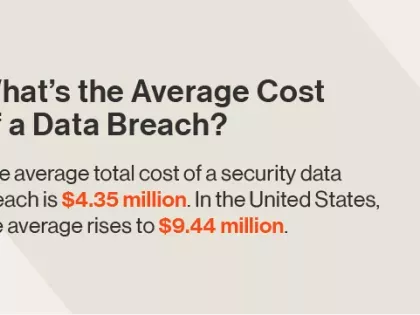Explore expert perspectives, data-driven strategies, and the latest trends in cybersecurity, third-party risk management, and cyber threat intel — all from the leader in cyber risk intelligence.
Blog

Featured blog
At Bitsight, our collective observations highlight five critical areas that will shape cybersecurity strategies in 2025.








